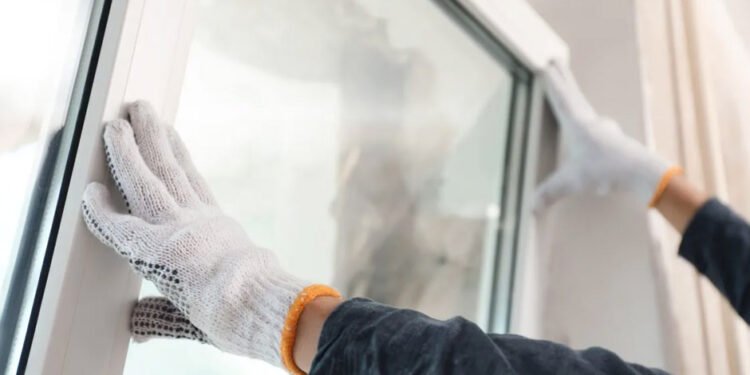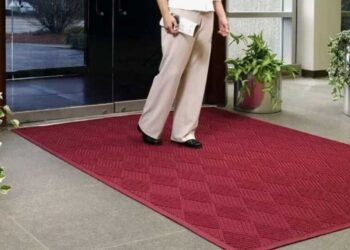What factors influence the cost of replacing windows? How can homeowners determine a fair budget for this investment? Let’s explore the cost of new options in Minneapolis and what affects the overall expense.
Factors Affecting the Price of New Windows
The price of new windows in Minneapolis depends on several factors, including the type, material, and labor costs. Window types like double-hung, casement, or bay styles vary in price due to differences in design and complexity. For instance, standard double-hung units are more affordable than larger bay designs, requiring more materials and installation time.
Materials like vinyl, wood, and fiberglass also influence the cost. Vinyl is typically the most affordable option, offering durability and energy efficiency. Wood frames are more expensive due to higher maintenance, while fiberglass provides a mid-range solution with a good balance of durability and cost.
Exploring Different Window Materials
Choosing the right frame material is crucial for balancing cost, durability, and appearance. Each option offers unique benefits, making considering both short-term and long-term implications important. Vinyl is noted for its inexpensive cost and easy maintenance. It resists warping and is available in various styles and colors. Vinyl also provides energy efficiency, helping to reduce heating and cooling expenses over time.
On the other hand, wood frames provide a classic and natural look. However, wood requires regular upkeep to prevent rot or pest damage. Fiberglass offers durability and energy efficiency similar to vinyl but is more resistant to extreme temperatures. Understanding these differences helps homeowners choose the best material for their needs and budget.
Benefits of Energy-Efficient Options
Investing in energy-efficient models can offer long-term savings and comfort. These units are designed to reduce heat loss during winter and minimize heat gain during summer. Features like double or triple glazing, Low-E coatings, and gas fills between panes enhance their performance. While energy-efficient choices may have a higher initial cost, they help lower utility bills and improve indoor comfort.
Key benefits include:
- Lower energy bills: Maintains consistent indoor temperatures, which lowers heating and cooling expenditures.
- Improved comfort: Minimizes drafts and prevents cold spots.
- Noise reduction: Provides better sound insulation from outside noise.
- Environmental impact: Lowers energy usage and decreases greenhouse gas emissions.
- Increased home value: Enhances property value by offering modern, energy-efficient solutions.
Additional Costs to Consider During Replacement
Window replacement costs go beyond the units themselves, including potential frame repairs, insulation, and disposal fees. Damaged frames may need fixing before installation, adding to expenses but ensuring a secure fit. Proper insulation around frame edges prevents air leaks and maximizes energy efficiency. Be sure to discuss these additional costs upfront to avoid surprises.
Finding a Trusted Replacement Contractor
Choosing the right contractor is critical to a successful replacement project. Seek contractors with experience, favorable evaluations, and a portfolio of completed jobs. A reputable provider will provide a comprehensive estimate, including the cost of supplies, labor, and additional fees. Clear communication and transparency are critical in picking a reliable professional.
Contractors who offer warranties on materials and workmanship provide additional peace of mind. Taking the time to research and select a reputable team ensures quality work and a smooth installation process.
Understanding the price of new windows in Minneapolis involves considering various factors, including materials, labor costs, and additional expenses. While initially more expensive, energy-efficient options provide long-term savings and enhanced comfort. Choosing the correct materials and hiring a reputable contractor are critical phases. By planning carefully and weighing the options, homeowners can make informed decisions that improve the home’s value and efficiency for years to come.












